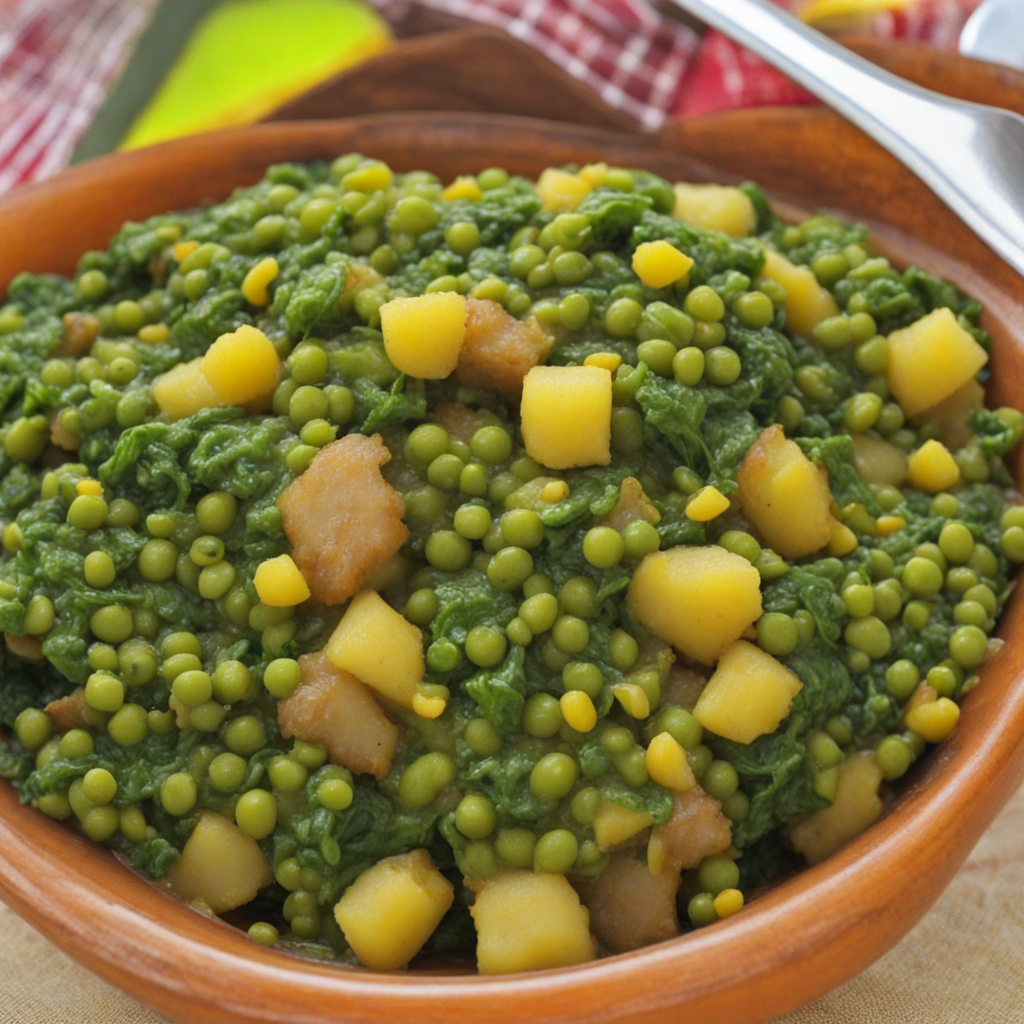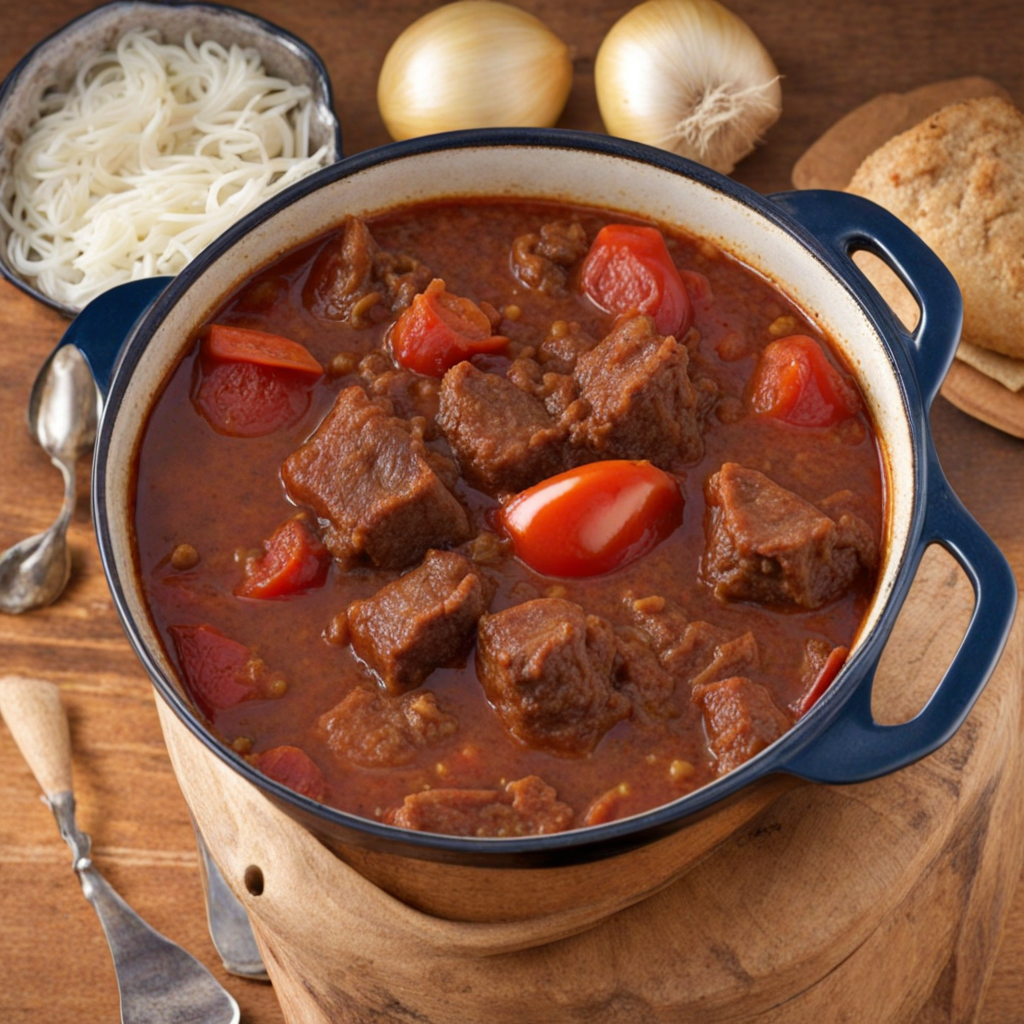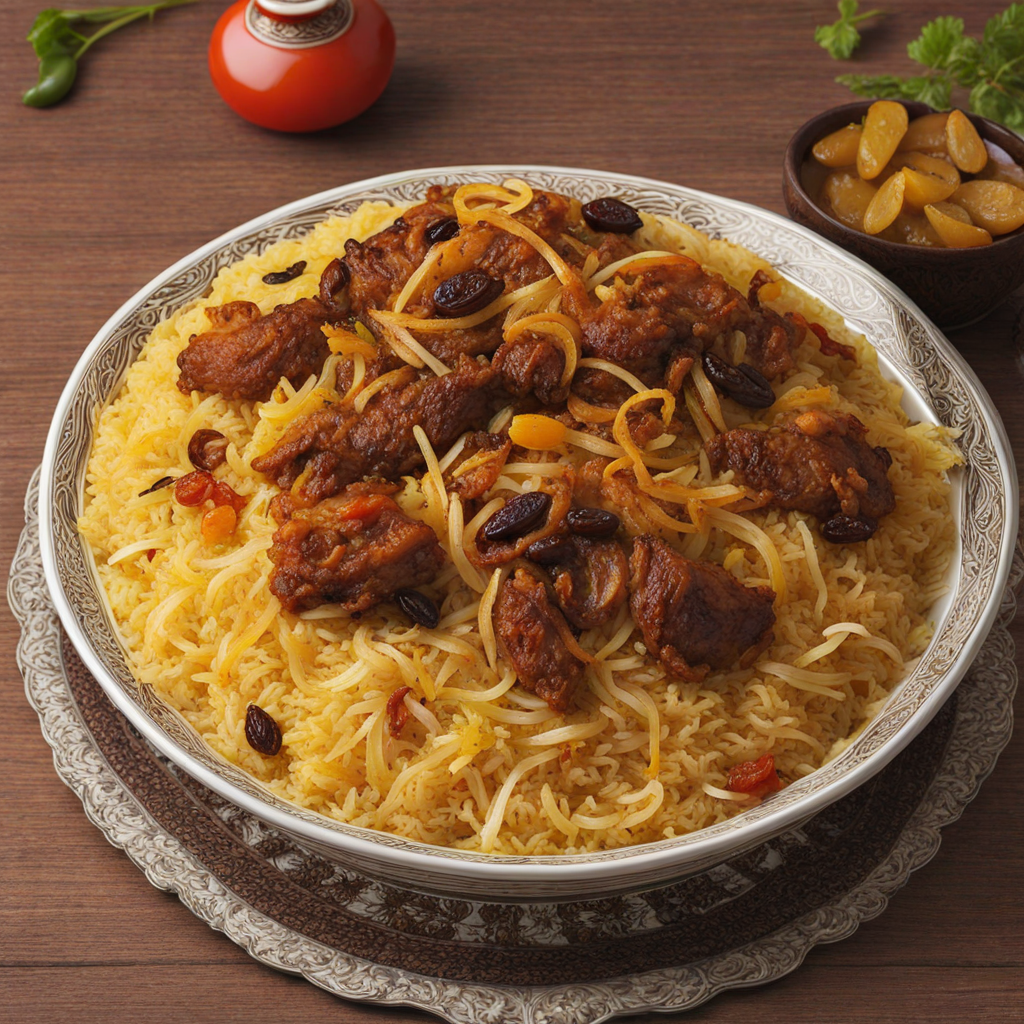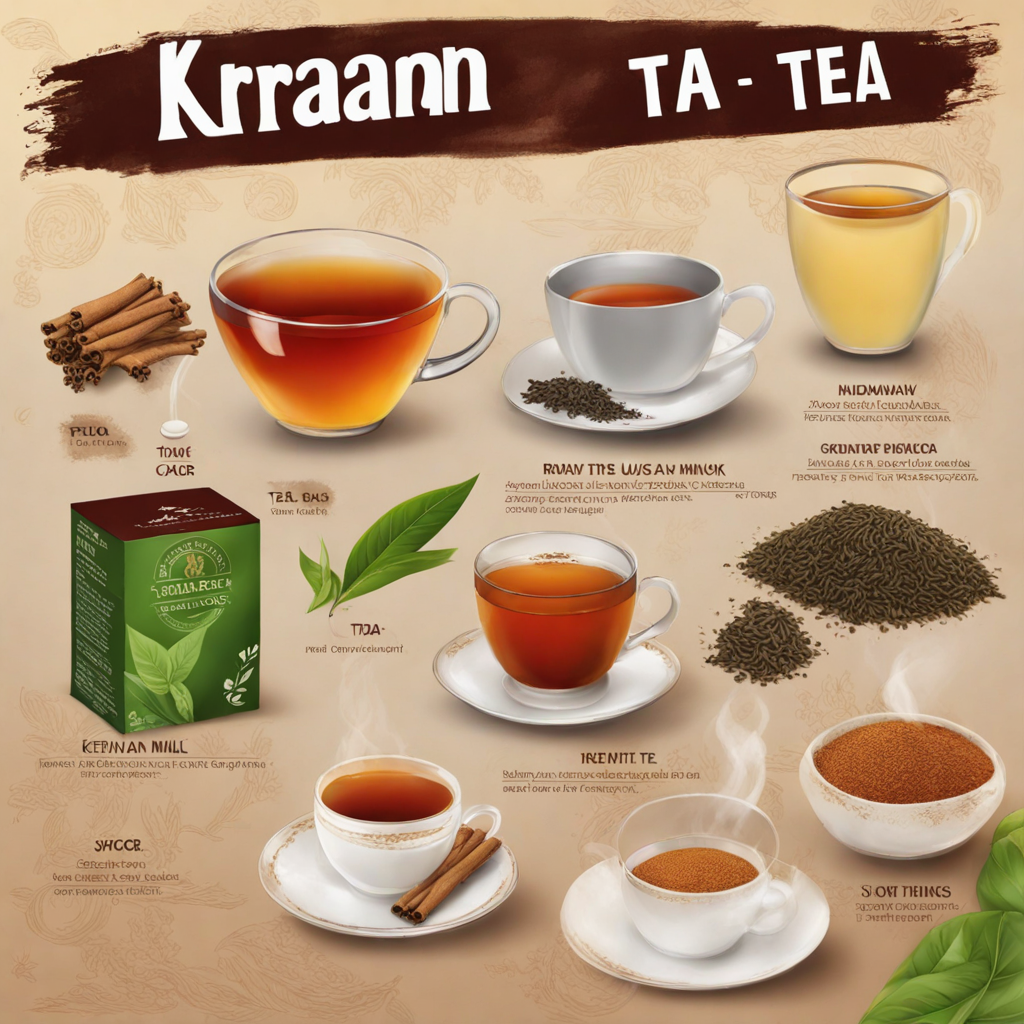Mandazi
Mandazi is a delightful East African treat, often enjoyed as a snack or breakfast item. This deep-fried pastry is slightly sweet, with a texture that strikes a perfect balance between soft and crispy. The dough is typically made from a blend of flour, sugar, coconut milk, and a hint of cardamom, which adds a fragrant spice that elevates its flavor profile. The golden-brown exterior gives way to a fluffy interior, making each bite a perfect combination of crunch and tenderness. What makes Mandazi particularly enticing is its versatility. While the traditional recipe is often enjoyed plain, variations can include the addition of ingredients like raisins, desiccated coconut, or even a dusting of powdered sugar on top. These variations allow for a range of flavors that cater to diverse palates. Mandazi is commonly paired with chai, a spiced tea that enhances its sweetness and complements the pastry’s warm spices, making for a comforting and satisfying experience. In Kenyan culture, Mandazi holds a special place as a popular street food and is often sold in local markets and roadside stalls. It’s not just a snack; it’s a communal experience, shared among friends and family during gatherings or celebrations. The aroma of freshly fried Mandazi wafting through the air evokes a sense of nostalgia and warmth, inviting everyone to indulge in this luscious treat. Whether enjoyed as a quick snack on the go or savored leisurely with a cup of tea, Mandazi promises to be a delightful discovery for anyone eager to explore new flavors.
How It Became This Dish
The history of Mandazi, a popular East African snack, is a delightful journey through the cultural tapestry of Kenya and its neighboring regions. This deep-fried doughnut-like pastry has its roots in the Swahili culture, which emerged along the eastern coast of Africa, particularly in areas now known as Kenya and Tanzania. The Swahili people, a fusion of African, Arab, and Persian influences, developed a rich culinary heritage that included various baked and fried goods, with Mandazi being a prominent feature. Mandazi is believed to have been inspired by the Indian subcontinent's sweet fried breads, such as bhaji or jalebi, which were introduced to the East African coast through trade and migration. The spice trade played a significant role in shaping the culinary landscape of the region, as spices like cardamom and cinnamon became integral to many dishes, including Mandazi. The dish typically consists of flour, sugar, yeast, and coconut milk or water, giving it a soft, fluffy texture and a subtle sweetness. Over time, variations of Mandazi emerged, incorporating different flavors and ingredients, reflecting the diverse influences on Kenyan cuisine. Culturally, Mandazi holds a special place in Kenyan society. It is often enjoyed as a breakfast food or snack, frequently accompanied by tea or coffee. In many households, the preparation of Mandazi is a communal activity, bringing families and friends together. This makes it not just a food item but a symbol of togetherness and hospitality. Street vendors and local eateries serve Mandazi, making it accessible to people from all walks of life, further cementing its status as a beloved national treat. Moreover, Mandazi is often served during celebrations and special occasions, highlighting its significance in Kenyan festivities. Whether during weddings, religious holidays, or community gatherings, Mandazi is a staple that symbolizes joy and festivity. It is common to find Mandazi at events where people come together to share food and celebrate their culture, reinforcing its role as a unifying dish in a diverse nation. As Kenya has modernized and globalized, the preparation and consumption of Mandazi have also evolved. While traditional recipes remain popular, new variations have emerged, incorporating modern ingredients and techniques. Some people now experiment with flavors such as chocolate, vanilla, or even savory fillings, adapting the classic Mandazi to suit contemporary tastes. Additionally, the rise of health consciousness has led to the creation of healthier versions, such as baked Mandazi or those made with whole grain flour. The popularity of Mandazi has also spread beyond Kenya's borders, thanks in part to the diaspora and the increasing interest in East African cuisine worldwide. In countries like the United States, the United Kingdom, and Canada, East African restaurants and food trucks have introduced Mandazi to new audiences, who are eager to explore the rich flavors and culinary traditions of the region. This globalization has created a culinary dialogue, allowing for the exchange of recipes, ideas, and adaptations, further enriching the history of Mandazi. In addition to its culinary significance, Mandazi can also be viewed through the lens of economic development. The production and sale of Mandazi provide income opportunities for many small-scale entrepreneurs, particularly women in urban areas. Street vendors and home-based businesses that specialize in Mandazi contribute to local economies, showcasing the importance of traditional foods in modern livelihoods. This aspect of Mandazi underscores the resilience and adaptability of Kenyan culture in the face of changing economic landscapes. The influence of technology and social media cannot be underestimated in the evolution of Mandazi. Platforms such as Instagram and TikTok have allowed food enthusiasts to share their Mandazi experiences, from cooking tutorials to innovative presentations. This has not only increased awareness of Mandazi but also inspired a new generation of cooks to experiment with the dish. Food bloggers and influencers are now showcasing traditional recipes alongside modern twists, ensuring that Mandazi remains relevant in today's food culture. In conclusion, the story of Mandazi is a testament to the rich cultural heritage of Kenya and the broader East African region. From its origins in the Swahili coast, influenced by trade and migration, to its role in contemporary society as a beloved snack, Mandazi encapsulates the flavors and traditions of a diverse people. It stands as a symbol of community, celebration, and adaptability, reflecting the ongoing evolution of culinary practices. As it continues to be enjoyed both locally and globally, Mandazi is a delicious reminder of the interconnectedness of cultures and the enduring power of food to bring people together.
You may like
Discover local flavors from Kenya







